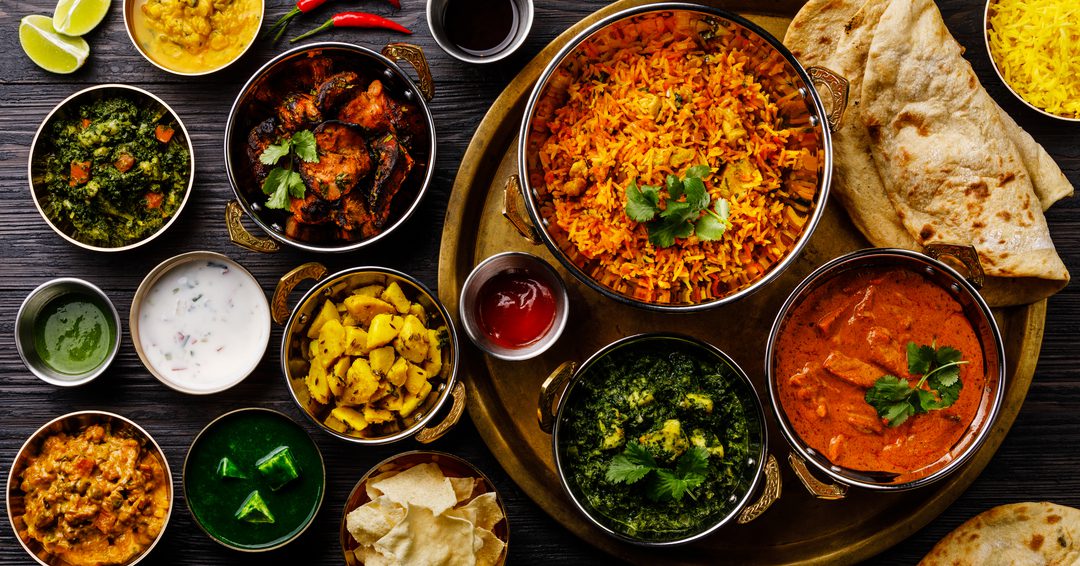(Samar Halarnkar is the author of The Married Man’s Guide To Creative Cooking—And Other Dubious Adventures. This column first appeared in Mint Lounge on October 24, 2021)
- Our breakfast arrived amid the clank of backhoe excavators, a particularly noisy pile driver and Sunday morning traffic careening and honking to reach god knows where — a steaming hot deep-fried potato patty wedged between a soft bun sliced in half, garnished with a garlic chutney and a green chilli. In other words, a vada pav, the appropriately diverse culinary symbol of a city built by myriad races and communities. The vada pav inspires poets, song and copy writers (“In a world full of expensive dates, when he asked Italian or Thai, she winked: vada pav and chai” or “a car runs on petrol, a Mumbaikar runs on vada pav”), appears in advertisements and movies, and, in my humble opinion, isn’t worth the hyperbole. I am safely back in rainy Bengaluru, out of reach of potentially outraged Mumbai folk (just as well, considering how many issues are now the subject of outrage and lynch mobs). In the event, there we were, standing outside Ladu Samrat, an iconic central Mumbai restaurant that serves one of the city’s best vada pavs. We were on a walking tour of one of my old haunts, Lalbaug, where I went to office for a couple of years. Our guide, an enthusiastic lawyer called Siddhartha, held up the vada pav…
Also REad: The journey of Pallava script from Tamil Nadu to South East Asia: Scroll

